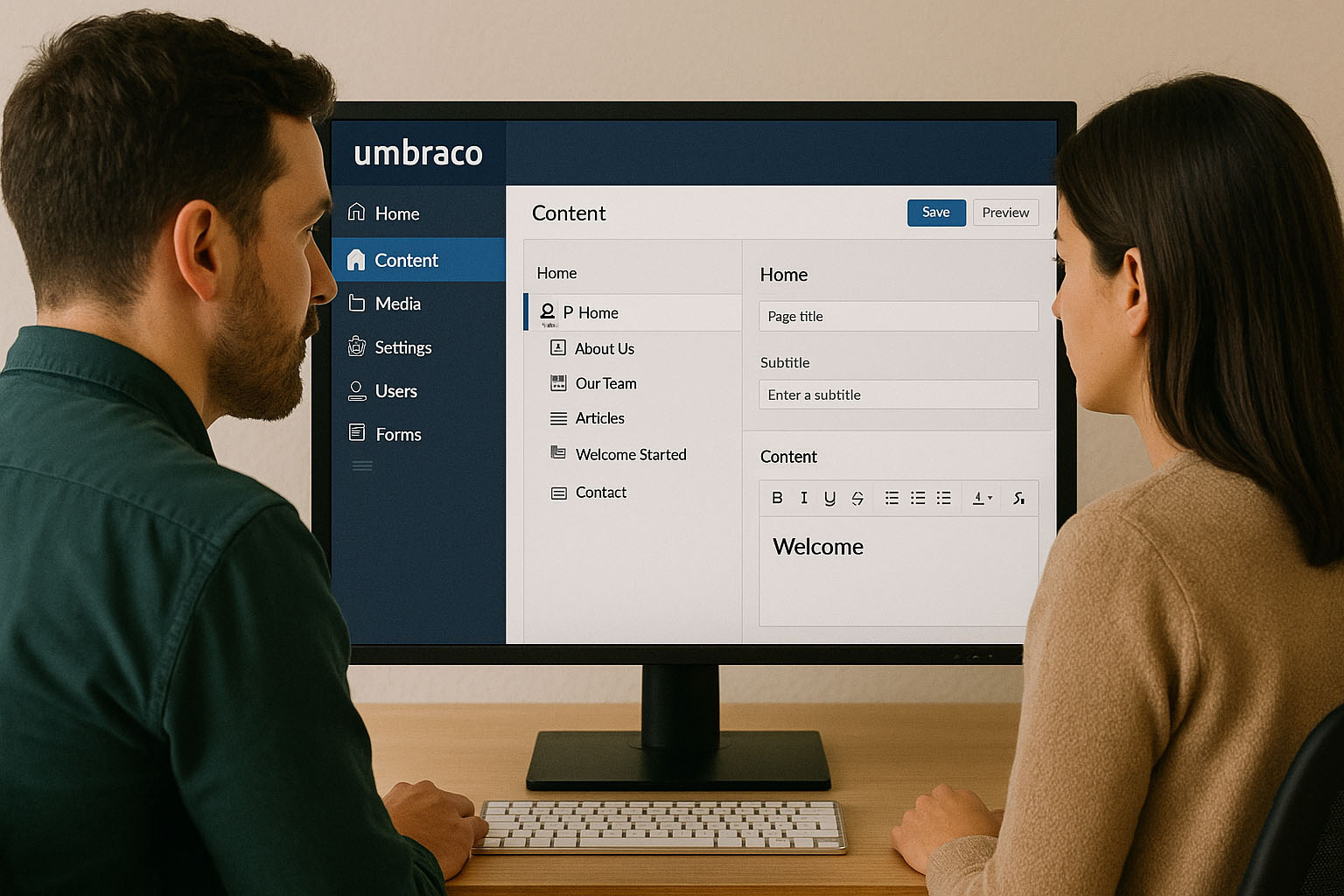

In today’s digital age, a strong online presence is crucial for business success. As your business grows, your website must be able to handle increasing traffic, expanding content, and evolving functionality. Scalable web development ensures your website can grow with your business, providing a seamless user experience and maintaining performance under increased demand. Here’s what you need to know about building scalable websites that can support your business as it expands.
Understanding Scalability
Scalability in web development refers to the ability of a website to handle growth in terms of traffic, data volume, and complexity without compromising performance. A scalable website can efficiently manage increased load, maintain fast loading times, and provide a smooth user experience even as it expands.
There are two main types of scalability:
- Vertical Scalability: Adding more resources to a single server, such as increasing CPU, memory, or storage capacity.
- Horizontal Scalability: Adding more servers to distribute the load, often referred to as scaling out.
Key Elements of Scalable Web Development
-
Robust Architecture
A well-planned architecture is the foundation of a scalable website. Consider using a microservices architecture, where the application is divided into smaller, independent services that can be developed, deployed, and scaled independently. This approach improves flexibility and makes it easier to scale specific components without affecting the entire system.
-
Efficient Database Management
As your business grows, so does your data. Efficient database management is crucial for scalability. Use a database that supports horizontal scaling, such as NoSQL databases like MongoDB or Cassandra. Implement database sharding to distribute data across multiple servers, ensuring efficient data retrieval and storage.
-
Load Balancing
Load balancing distributes incoming traffic across multiple servers, preventing any single server from becoming a bottleneck. This ensures high availability and reliability, as traffic spikes are evenly managed. Use load balancers to monitor server health and route traffic accordingly.
-
Caching Mechanisms
Implement caching mechanisms to reduce the load on your servers and speed up response times. Use a Content Delivery Network (CDN) to cache static content closer to your users, reducing latency. Implement server-side caching for dynamic content to minimize database queries and improve performance.
-
Scalable Hosting Solutions
Choose a hosting provider that offers scalable solutions, such as cloud hosting. Cloud services like AWS, Google Cloud, and Microsoft Azure provide flexible infrastructure that can scale up or down based on demand. These platforms offer tools for automated scaling, load balancing, and monitoring, making it easier to manage your website's growth.
-
API-First Development
Adopting an API-first approach ensures that your website can integrate seamlessly with other services and platforms. APIs facilitate communication between different parts of your application and external services, enabling scalability and flexibility. This approach also supports the development of mobile apps and other front-end interfaces.
Best Practices for Building Scalable Websites
-
Plan for Scalability from the Start
Scalability should be a key consideration from the beginning of the development process. Design your architecture with future growth in mind, and choose technologies and frameworks that support scalability.
-
Optimize Code and Queries
Write efficient, clean code and optimize database queries to ensure fast response times. Avoid unnecessary computations and reduce the complexity of your algorithms. Use indexing and query optimization techniques to improve database performance.
-
Monitor Performance
Continuous monitoring is essential to identify and address performance bottlenecks. Use monitoring tools to track server performance, database health, and application metrics. Set up alerts to notify you of potential issues before they impact users.
-
Automate Testing and Deployment
Automate testing and deployment processes to ensure consistent quality and reduce the risk of errors. Continuous integration and continuous deployment (CI/CD) pipelines help streamline updates and feature releases, making it easier to scale your application.
-
Regularly Review and Refactor
As your website grows, regularly review and refactor your codebase to maintain performance and scalability. Remove obsolete code, optimize algorithms, and update dependencies to keep your application running smoothly.
Conclusion
Building a scalable website is essential for supporting your business as it grows. By focusing on robust architecture, efficient database management, load balancing, caching, scalable hosting solutions, and API-first development, you can create a website that handles increasing demands with ease. Incorporate best practices such as planning for scalability from the start, optimizing code, monitoring performance, automating processes, and regularly reviewing your codebase. With a scalable web development approach, your website will be well-equipped to grow alongside your business, providing a seamless and reliable user experience every step of the way. Scandia is the perfect partner to help you start your website and stay with you as it continues to evolve.
Latest and Related Articles
We think you may enjoy some more of these articles that are up next!

Choosing the Right CMS Just Got Easier, Especially for Financial Services Marketers
The “How to Choose the Right CMS” whitepaper from Umbraco is now available, an essential resource for financial servi...


Basic Tips to Optimize Your Website for Lead Generation
In our evolving consumer-driven world, a company’s digital presence is key to gain a wider reach and draw consumers t...


Embracing the Future: 2024 Web Design Trends
As technology continues to advance at an unprecedented pace, web design is evolving along with it. In 2024, we are wi...

